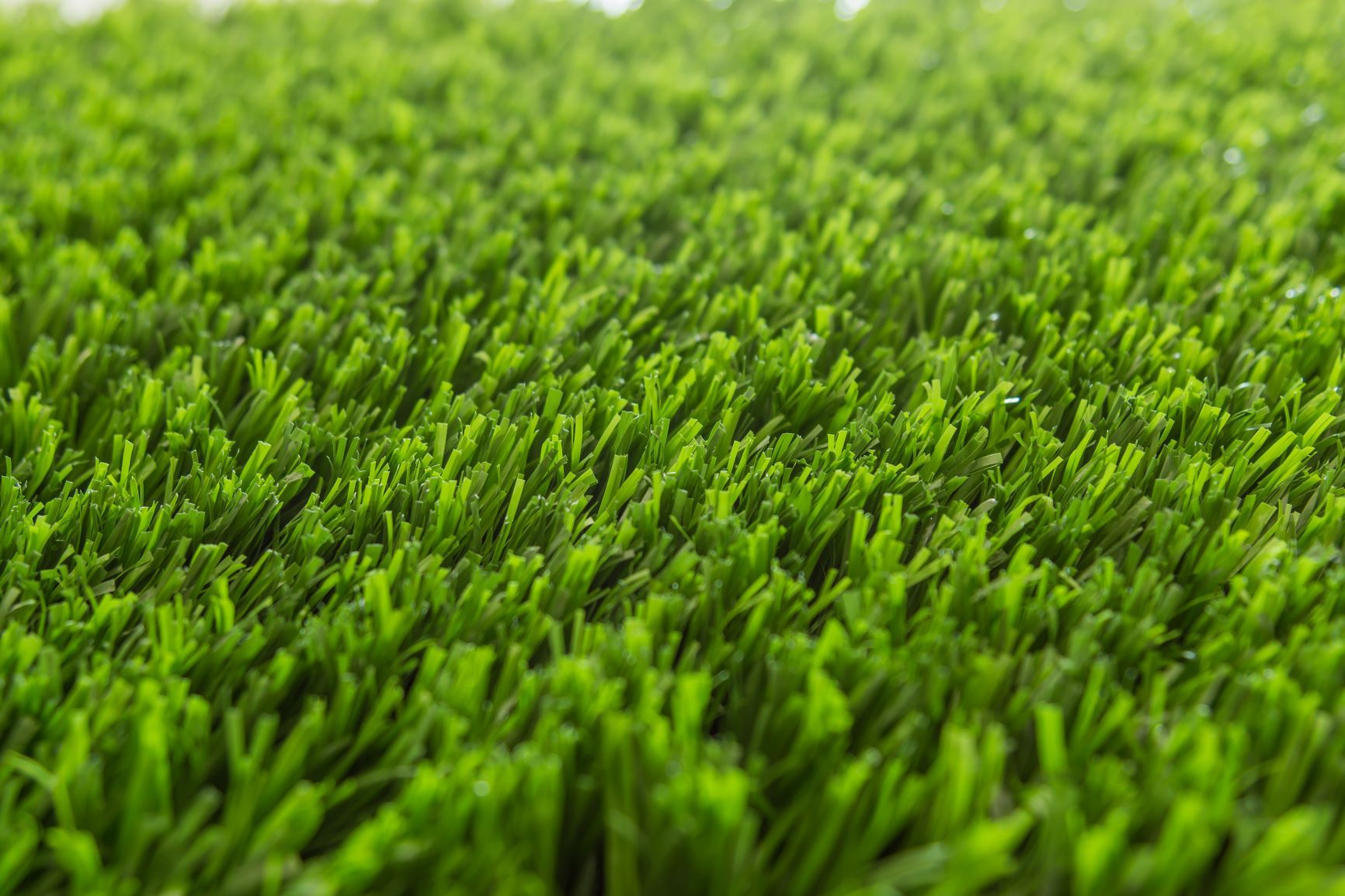Explore the Environmental Advantages of Opting for Synthetic Grass Solutions
The adoption of fabricated turf solutions offers a compelling chance to deal with pushing ecological obstacles. By substantially reducing water use and lessening the application of unsafe chemicals, these choices not only promote lasting landscape design but likewise protect regional ecological communities.
Water Preservation Perks
One of the most considerable benefits of fabricated lawn is its capacity to save water. In contrast, man-made grass does not need watering, substantially lowering the overall need for water resources.
By removing the need for normal watering, synthetic grass adds to lasting landscape practices and assists alleviate the ecological influence of excessive water consumption. The conservation of water extends to the reduction of drainage, which can lead to soil disintegration and river contamination.
Furthermore, the installment of synthetic turf permits property owners and municipalities to assign water sources a lot more efficiently, concentrating on important usages such as drinking water and agriculture. The shift towards synthetic grass not just promotes accountable water usage yet also lines up with wider environmental objectives targeted at preserving natural resources.
As neighborhoods increasingly focus on sustainability, the water preservation advantages of synthetic turf offer a compelling case for its fostering in household and business landscaping jobs.
Minimized Chemical Use
The shift to man-made lawn significantly reduces the reliance on chemical therapies generally made use of in natural lawn maintenance. Typical turf administration typically includes the application of fertilizers, herbicides, and pesticides to advertise development and control bugs. These chemicals can present dangers to human health, local wild animals, and the setting, adding to dirt and water contamination.
In comparison, synthetic lawn removes the requirement for these unsafe compounds. By minimizing the launch of synthetic substances into the community, man-made turf advertises much healthier dirt and water systems.
Furthermore, the lack of chemical overflow connected with synthetic grass installations helps safeguard neighborhood rivers from contamination, sustaining aquatic life and keeping biodiversity. Artificial turf companies phoenix. As communities progressively prioritize sustainable methods, choosing for synthetic grass provides a practical remedy that aligns with environmental preservation goals. Via this change, homeowner can appreciate lush green areas without compromising eco-friendly wellness, leading the way for a much more sustainable future
Reduced Carbon Footprint

In addition, the installment of man-made turf can lead to significant water preservation. Natural yards require considerable quantities of water for watering, which not just includes to the carbon footprint linked with water removal and treatment but additionally stress regional water sources. On the other hand, synthetic grass needs marginal upkeep, calling for no watering, consequently significantly lowering water usage and its linked power expenses.
Additionally, the durability of artificial grass adds to its lower carbon impact. With a life expectancy of as much as 15 years or more, the demand for regular substitutes is decreased, resulting in much less waste and reduced power consumption in manufacturing and taking care of traditional turf choices. Generally, synthetic grass presents a lasting alternative for eco aware landscaping.
Habitat Preservation
Habitat conservation is i loved this an essential consideration in the argument over landscape design choices, especially when comparing synthetic grass to all-natural yard. Natural yard yards commonly call for substantial maintenance, including making use of herbicides, pesticides, and fertilizers, which can negatively affect neighborhood communities. These chemicals can seep right into the dirt and waterways, harming indigenous vegetation and animals and interrupting neighborhood habitats.
On the other hand, synthetic grass offers a chance to lower the environmental impact of landscaping. By selecting synthetic grass, home owners can reduce the disruption of all-natural environments connected with conventional yard care practices. Fabricated grass gets rid of the demand for unsafe chemicals, thereby securing close-by wildlife and keeping the honesty of surrounding communities. The setup of man-made grass can lead to the conversion of former turf locations into more biodiverse landscapes, such as pollinator gardens or native plant areas, which can sustain regional wildlife.
Ultimately, the transition to synthetic grass not only preserves water and lowers upkeep efforts however likewise cultivates an extra unified relationship in between human activities and the all-natural atmosphere, promoting environment conservation while doing so.
Long-Term Sustainability
Lasting sustainability is an essential consider assessing the benefits of synthetic grass over standard grass lawns. One of the most substantial advantages of fabricated grass is its resilience; it can last up to 15-20 years with minimal upkeep, whereas natural turf needs constant reseeding and replacement. This long life lowers the demand for constant sources, such as water, fertilizers, and pesticides, which are necessary for maintaining a healthy and balanced turf lawn.
Additionally, synthetic lawn contributes to a reduction in carbon discharges associated with yard treatment equipment. Traditional grass frequently call for gas-powered lawn mowers, leaners, and blowers, every one of which add to air contamination. Artificial turf companies phoenix. On the other hand, man-made turf removes the demand for such devices, promoting a cleaner setting
Furthermore, the read the article production of synthetic grass progressively uses recycled materials, enhancing its sustainability profile. As makers take on environment-friendly practices, the environmental impact of synthetic grass remains to lessen.

Final Thought
The fostering of synthetic grass solutions offers substantial environmental benefits, consisting of significant water conservation, reduced dependence on unsafe chemicals, and a reduced carbon footprint. In addition, synthetic grass aids in preserving natural environments by minimizing land disturbance and promoting long-lasting sustainability with using sturdy products. Jointly, these aspects highlight the capacity of synthetic grass to contribute positively to ecological health and offer a practical option to typical landscaping techniques i thought about this in a significantly resource-conscious globe.
In contrast, fabricated grass does not need watering, substantially decreasing the overall need for water resources. By decreasing the release of synthetic substances into the environment, synthetic lawn promotes healthier soil and water systems.
Additionally, the installation of man-made turf can result in significant water conservation. In comparison, man-made turf requires marginal upkeep, requiring no watering, thereby dramatically minimizing water use and its connected energy expenses.
